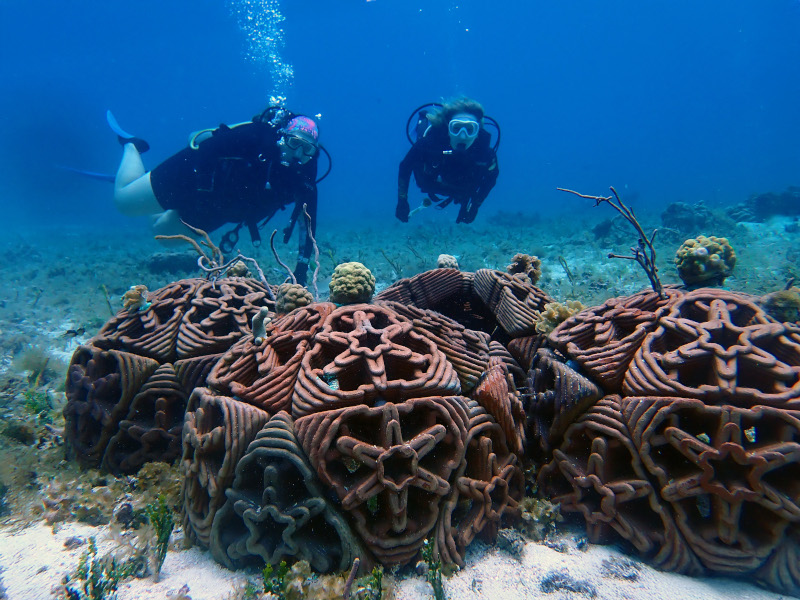

Sargassum Composite 3D Printed Structures by Thrasos
Cozumel is one of the top tourist destinations in Mexico, with up to 4 million cruise ship passengers visiting the island each year. However, this has had an effect on the ecosystems that attract visitors in the first place. Due to overtourism and climate change, there has been an increase in environmental stress as well as rising temperatures, leading to severe bleaching of coral reefs in the area. Aware of the importance the reefs have on the environment, the Cozumel Coral Reef Restoration Program (CCRRP) has set out to reverse the damage and protect the surviving corals.
The CCRRP was created by Dr. German Mendez after noticing the decline of corals around Cozumel. In 1994, the Mexican government decided to build a cruise ship dock in the Cozumel Marine Park, a protected area, resulting in the death of nearly 97% of the surrounding coral in the nearby Villa Blanca Reef. Determined to do something about it, Mendez pursued a degree in marine biology and launched CCRRP, which became a non-profit organization in 2017.
To fight back, the CCRRP has created coral nurseries, which a team of devoted volunteers take care of. “Coral nurseries are underwater structures, created from a wide variety of materials and substrates, designed to cultivate coral fragments, promoting their growth by removing fast-growing algae that overpowers the slow-growing corals,” the team tells My Modern Met. “Once the community of one species is strong enough, we plant them back onto damaged reefs and new artificial reefs.”
The coral fragments are planted on underwater structures known as platforms, which have been made of different materials throughout the years. “Some of our first platforms were made with concrete, but coral didn’t attach to it as well,” shares CCRRP. “Another example is recycled rebar grids covered in calcium carbonate, which coral polyps are naturally attracted to. Some new approaches include the use of sargassum for making substrates and new technologies.”
These new technologies include 3D printing. In collaboration with Alena Kharissova from start-up Thrasos and tile company Interceramic, the team has mixed a new substrate with sargassum and coralline. The results have been delightful 3D-printed geometric structures that invite coral polyps to attach and grow into larger communities.
“Platforms offer a protected environment, shielding corals from stressors like sedimentation, fast-growing algae, and predation, allowing for faster growth rates and higher survival compared to free-living corals,” says the CCRRP about their unique approach. “This technique is a crucial component of coral reef restoration efforts.”
In seven years, CCRRP has planted more than 10,000 corals using 35 platforms in an area of 2,153 square feet, in addition to the corals that have been attached to the live rock of the area. “We measure our success in restoration by counting the aggregation of species of fish in the restored areas and by making videos of transects to monitor the coral fragments and size them as well as to check coloration for bleaching,” they share.
If you’d like to help them with their mission to restore corals, there are many things you can do. For a hands-on approach, you can become a certified diver and help the team tend to their nurseries. “It is thanks to the constant rotation of volunteers and interns from all over the world that we can continue to fight the fast-growing algae and give a fighting chance to our corals,” says CCRRP.
If you can’t make it to Cozumel, you can make a one-time donation, or become a monthly donor. Should this be out of your possibilities, the team says that helping them spread their message on social media also goes a long way. “We are educating people about coral ecology and the importance of them for the underwater ecosystem, and the human economy,” says CCRRP. “We hope to change the fast-growing development on the island into sustainable growth, which will allow us to live on an island that respects its ecosystem.”
To stay up to date with this mission, follow Cozumel Coral Reef Restoration Program on Instagram. To learn more and make a donation, visit their website.
The Cozumel Coral Reef Restoration Program (CCRRP) has set out to reverse coral bleaching and protect the surviving corals in the Mexican Caribbean.
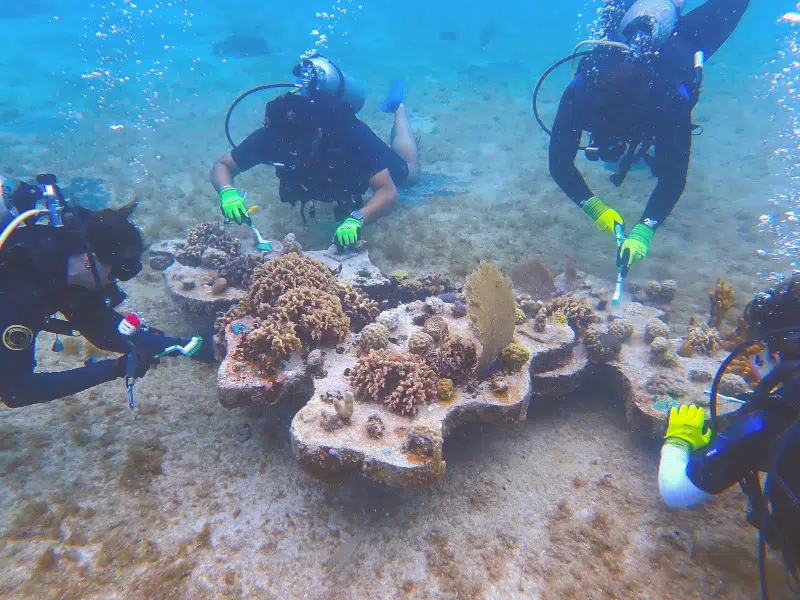

Cleaning artificial reefs of algae
The team has planted coral fragments are planted on underwater structures known as platforms. Once grown, they are planted back on damaged reefs and new artificial reefs.
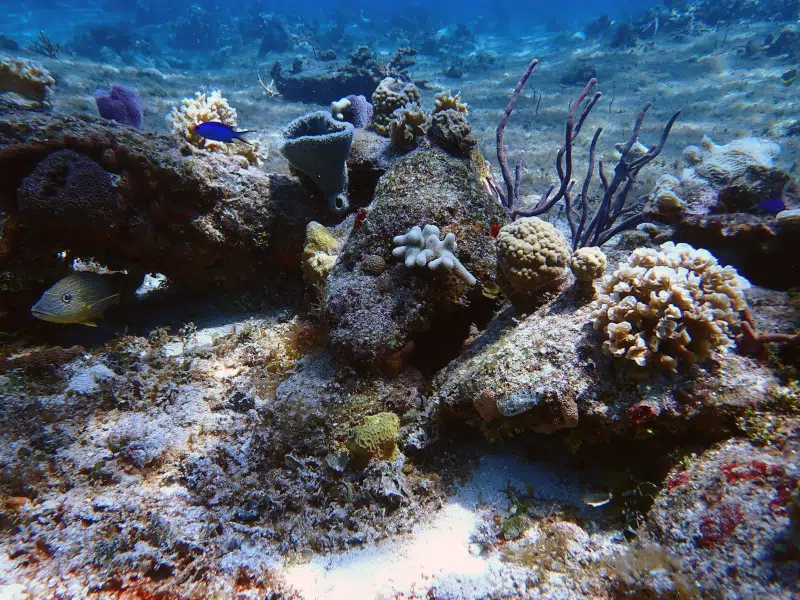

Replanted corals growing on the reef rocks
“Platforms offer a protected environment, shielding corals from stressors like sedimentation, fast-growing algae, and predation, allowing for faster growth rates and higher survival compared to free-living corals.”
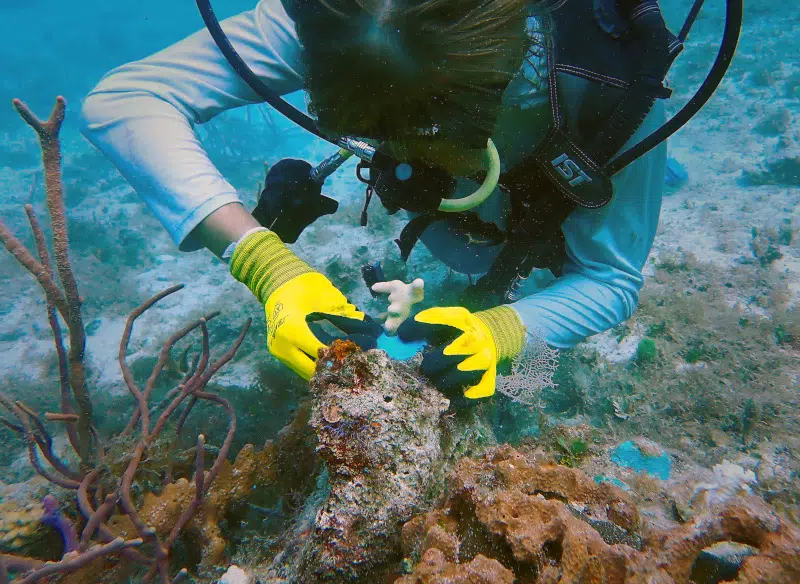

Planting corals
The team has also incorporated 3D printing into their labor, using geometric structures made by Thrasos that invite coral polyps to attach and grow into larger communities.
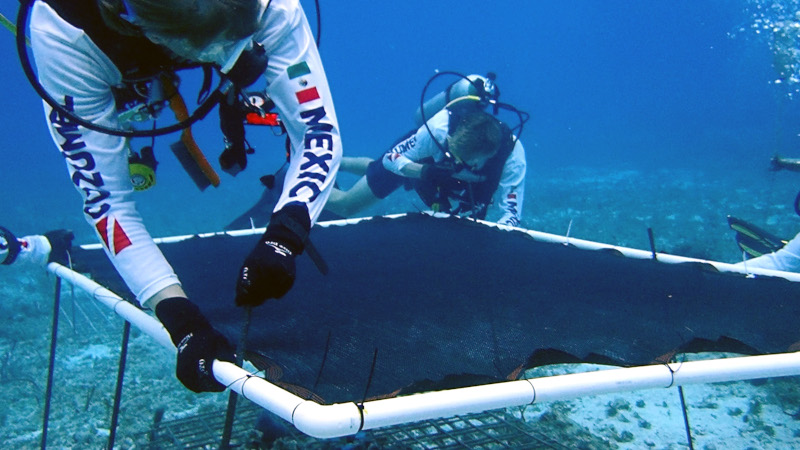

Coral shades prevent coral bleaching from thermal stress
In seven years, CCRRP has planted more than 10,000 corals using 35 platforms in an area of 2,153 square feet, in addition to the corals that have been attached to the live rock of the area.
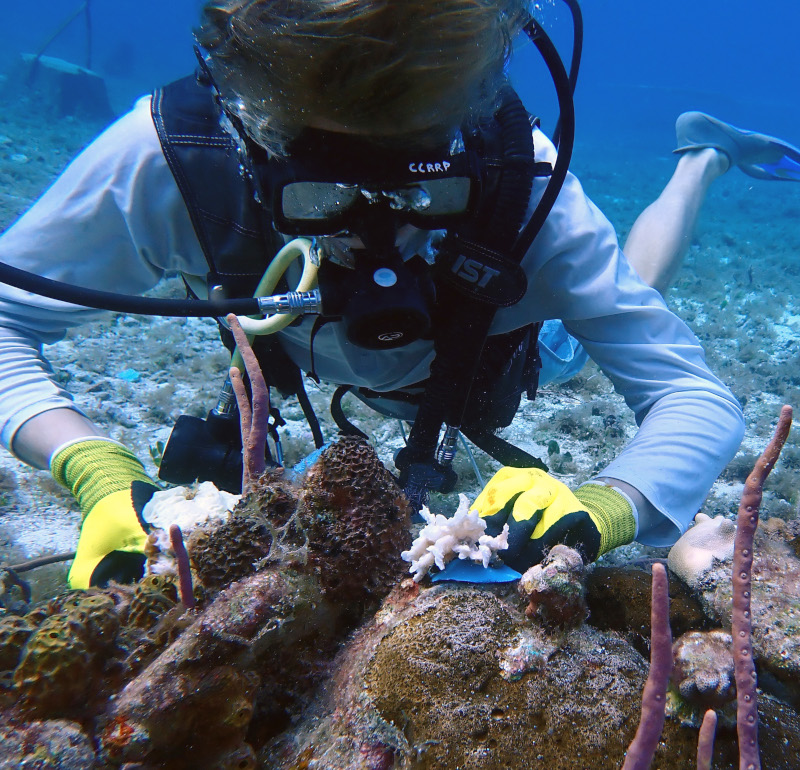

Planting corals
If you want to help, you can join their ranks as a diver to help them tend to their nurseries, make a donation, or simply help them spread their message.
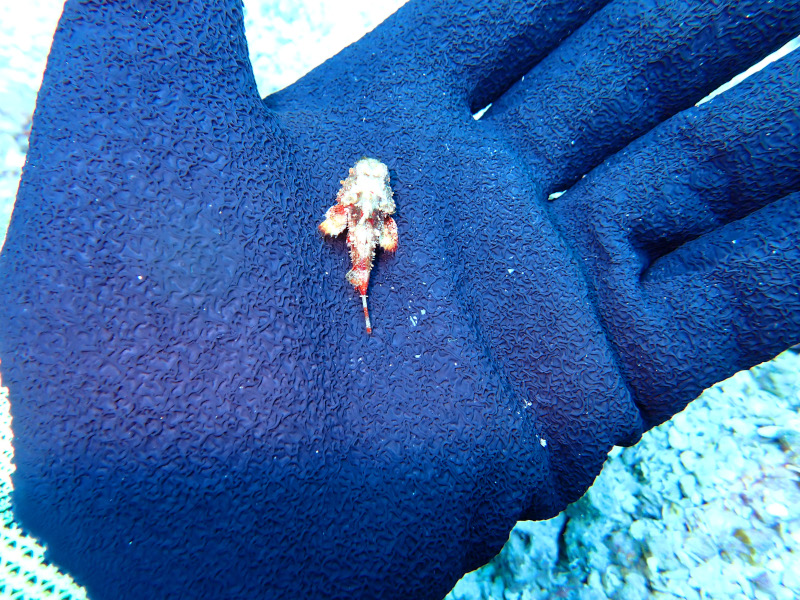

Reefs provides shelter to baby fish to grow – 25% of marine life begins on reefs
Cozumel Coral Reef Restoration Program: Website | Instagram
My Modern Met granted permission to feature photos by Cozumel Coral Reef Restoration Program.
Related Articles:
84% of Coral Reefs Around the World Affected By Worst Bleaching Event on Record
3D-Printed Stars Functioning as Hybrid Coral Reefs To Be Installed in New Underwater Park in Miami
Kaleidoscopic Underwater Photos Capture the Hypnotic Beauty of Coral Reefs
Artist Turns Old Cardboard Boxes Into 8-Foot-Tall Coral Reef Filled With Over 50 Marine Species


















